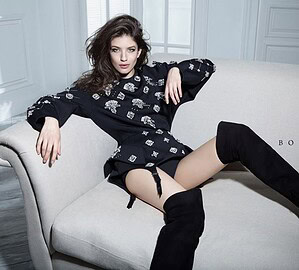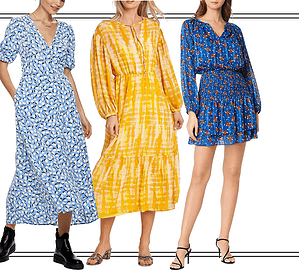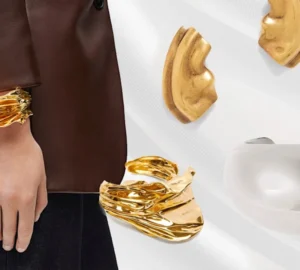Hair is something that many of us pride ourselves on, it gives others an indication of our style and how much we care about our appearance. Over the last 100 years it has been used to identify different types of cultural groups, like mohawks and punk rockers or the iconic Manchester/Oasis cut indicating an indie music lover.
Before the age of popular culture, celebrity and commercialism, hair wasn’t simply an indication of the type of person you were, it was also used to determine your social class.
Hair and social class
During the 17th, 18th and 19th centuries, a hairstyle could give others an indication as to how much money and social standing you had. Those in the upper classes could keep up with the latest fashions and ways of styling, whereas the lower classes would opt for more practical styles.
Powdered wigs and extravagantly braided updos were worn by the more aristocratic members of society and even though the middle and working classes would attempt the trends, they were always forced to choose practicality over fashion.
Hair and fashion going hand-in-hand
Once we hit the early 20th century, and more specifically the 1920’s, we start to see how hair styles shift from social status to fashion status. Fashion magazines and an increasing interest in art and fashion design, saw hairstyles reflecting the designs of the time. Sharp angled bobs and short styles took over with the art deco movement and from that point on, hair imitated art.
How hair represents the culture of the time
Our current generation now has a huge back catalogue of styles to choose from and play around with. Instead of having 1 or 2 styles that define a decade, we have hundreds. New hair tools and various sub cultures mean that it’s hard to pinpoint one single style.
However, when looking at the most popular styles from each decade and century, it’s easy to pinpoint at what time in history they occur. These hairstyles have become iconic ways to identify the fashions of the times, all through how men and women wore their hair.
To help you visualise the journey that hair trends have been on over the last 300 years and give you a better idea of how styles have changed and evolved, Crown Clinic has created this handy infographic. Take a look at how the styles changed over the decades, not just in how they look, but also how they are created.




